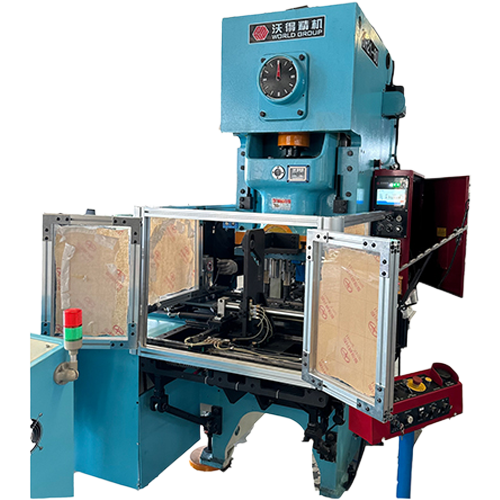Understand the working principle of pneumatic sealing machine
Pneumatic sealing machines are indispensable equipment in the packaging field. They use compressed air to form a sealing effect on various packaging materials (such as plastic bags, pouches and containers). These machines play a vital role in a wide range of industries, including food packaging, pharmaceuticals, and manufacturing, ensuring products are properly sealed and protected.
These machines rely on a reliable supply of compressed air to drive their pneumatic components, which is usually generated by an air compressor. The pneumatic system inside the machine coordinates the precise operation of various components such as cylinders, valves and actuators, thereby controlling the sealing process.
A key component of the machine is the sealing element, typically a heated sealing strip or blade, which acts to create a seal for the packaging material. The sealing strip is heated to a temperature which depends on the type and thickness of the packaging material.
Before the sealing process begins, packaging material (such as plastic or sealed bags) is carefully placed between the sealing strips to ensure precise alignment and positioning of the area to be sealed.
The initiation of the sealing process can be manually operated by the operator or can be achieved through an automated system. Once activated, the pneumatic system is activated to deliver compressed air to the cylinders, bringing the sealing strips closer to each other.
As the sealing strips move, they exert pressure on the packaging material, thereby ensuring a tight seal. This pressure is essential to achieve a firm and effective seal.
At the same time, the heated sealing strip applies a suitable amount of heat to the parts where the packaging materials are pressed against each other. The heat softens the material, allowing it to fuse or weld, ultimately creating a strong and well-sealed seal.
After the heating treatment, the sealing strip is usually equipped with a cooling device. This design facilitates curing and a strong bond in the sealing area, which is critical to maintaining the structural integrity of the seal.
Once the sealing process is complete and the seal is secure, the pneumatic system retracts the sealing strip. This action enables the sealed package to be moved to the next stage of the packaging process or removed from the machine.
With the sealing cycle over, the pneumatic sealing machine is ready for the next round of operation. This process is then repeated to complete subsequent packaging work, ensuring consistency and efficiency throughout the sealing process.
Understanding the complex interactions between pneumatic components, the application of compressed air, and the roles of sealing elements and heat is crucial to understanding how pneumatic sealing machines operate in the packaging industry.

Recommended Products


 EN
EN
 中文简体
中文简体 English
English













